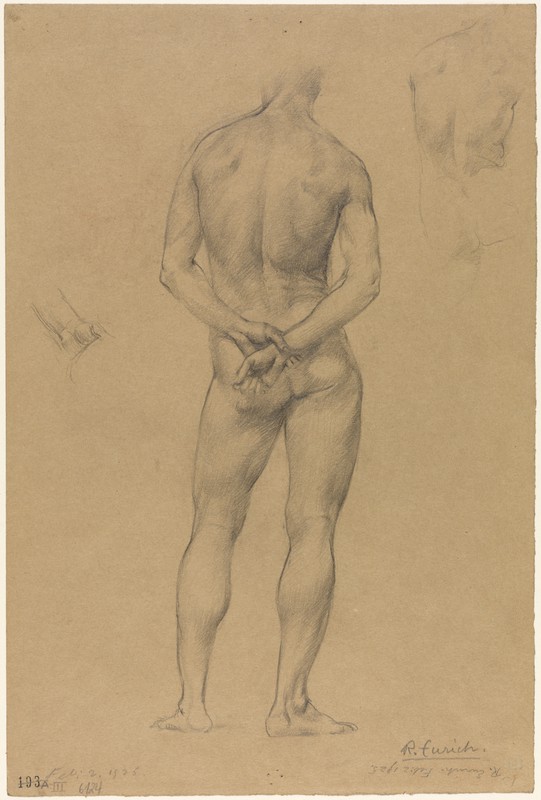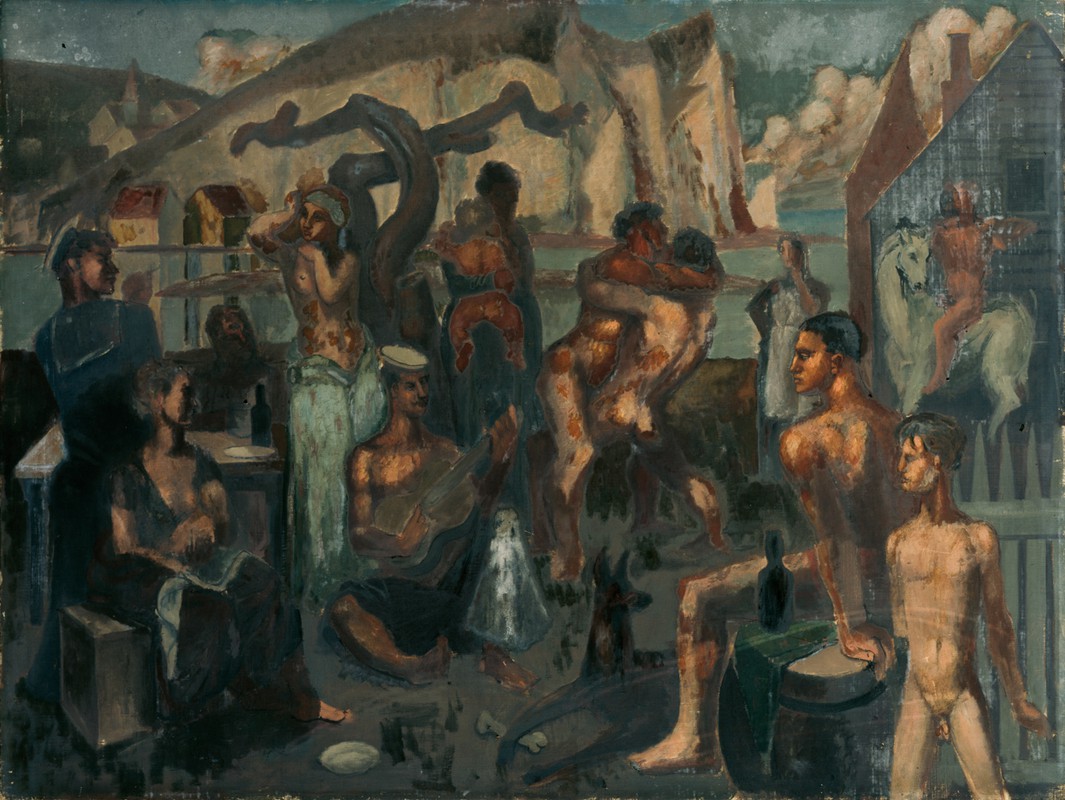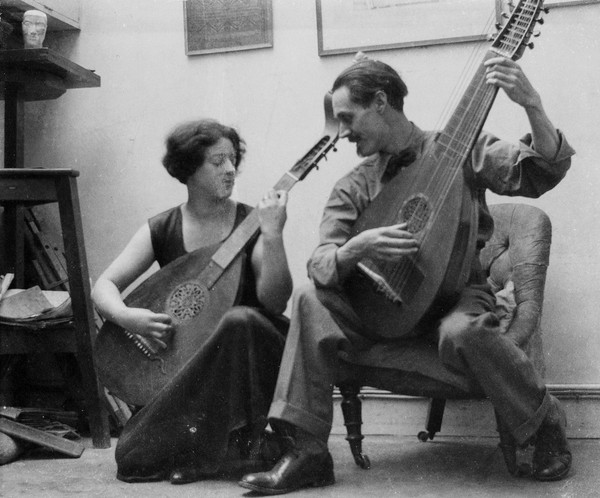A criticism was given by Professor Tonks or another instructor and about three prizes of a guinea each were awarded, I contributed regularly to these showings and usually attempted to do one of the compositions set, such as The Flood, The Last Supper etc. I was very astonished when I was awarded first prize for a figure composition. I sent in a landscape or two and one of these called forth the only memorable saying by Professor Tonks 'This student is being influenced by painters who have not been dead long enough to be respectable'. I had found Cezanne. Tonks could not understand Cezanne. He said he was just flat 'and that’s that.' I thought this remark very amusing at the time and still do but for different reasons. I thought I was being rather clever and Tonks rather stupid. I think I was quite right to study Cezanne as long as I was studying the right thing. On the other hand Tonks was quite right in that students should study the very earliest paintings to learn the rudiments of design and clarity of vision.
During my last term I was awarded a prize every month which was very gratifying, I was astonished to hear many years later that two very distinguished fellow students still remember these individual works.
I must confess that I played truant a good deal during my second year but I do not regret it as I was employing the time mostly at the British Museum. I made drawings of archaic Greek sculptures in the cast room and gazed on the Elgin Marbles many a time having drawn casts of them in school so often. But there were the Egyptian sculptures and Etruscan groups of tremendous vitality and the Indian reliefs on the stairs. I was also doing a little carving myself. The need to construct something and to feel it growing in one’s hand has always been strong in me and I think it was this that led me to a way of painting which I still adhere to though with some modifications. That is, never to sketch a subject in in a generalised way but to start where the germ of the design lies, painting it in full paint and colour as though modelling or carving, and then allowing the rest of the painting to follow, relating everything to the initial form.
I was also going to those wonderful institutions, lunch time organ recitals. The organ works of Bach were being played in their entirety at Christchurch, Westminster, now destroyed. The Fleet Street Choir was also at this time trying out the works of Tye, Tallis, Taverner, Byrd and Gibbons. My previous experience of the Sistine Choir with Palestrina and Lassus had made me aware of the store of music in Tudor times but I hadn’t dreamed of the wealth that has been revealed to us during the last twenty years
There was also Shakespeare at the Old Vic where Edith Evans and other now famous actors and actresses were appearing. To see Anthony and Cleopatra for a few pence from the gallery was good value indeed. The gallery was populated by 'regulars' and it was worth going to be in their company. There was an old man in a cloth cap who was always there and invariably had a bundle of firewood under his arm to which he clung throughout the performance. There was the young man in the bow tie who in the interval carried about ten cups of tea stacked one above the other to his adoring girlfriends. The audience was a motley crowd but they had one thing in common and that was that they had come to see Shakespeare. There was no applause when a favourite actor came on to the stage or anything to hold up the action and flow of poetry. In fact we were all taking part in the performance and that is how it should be.


